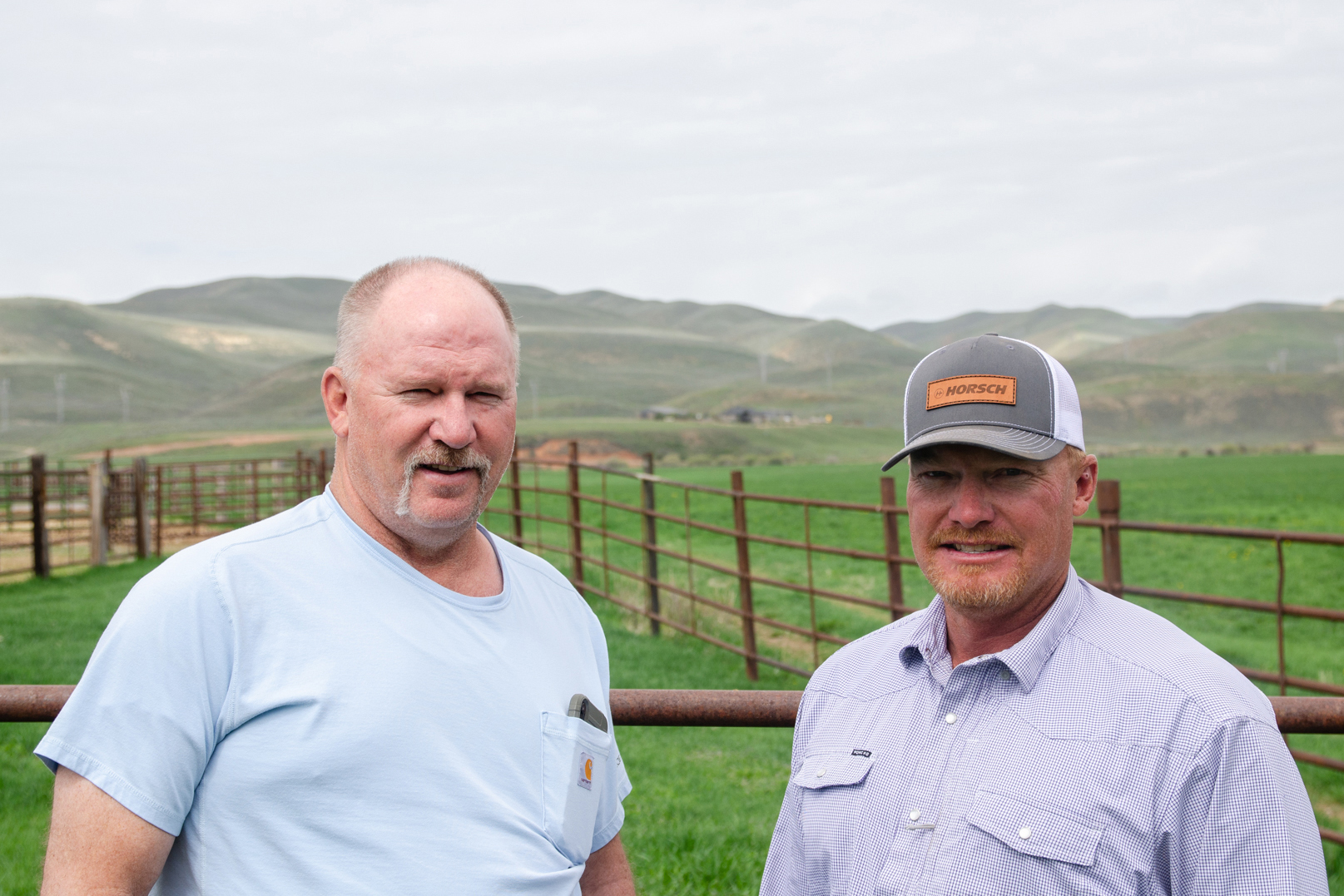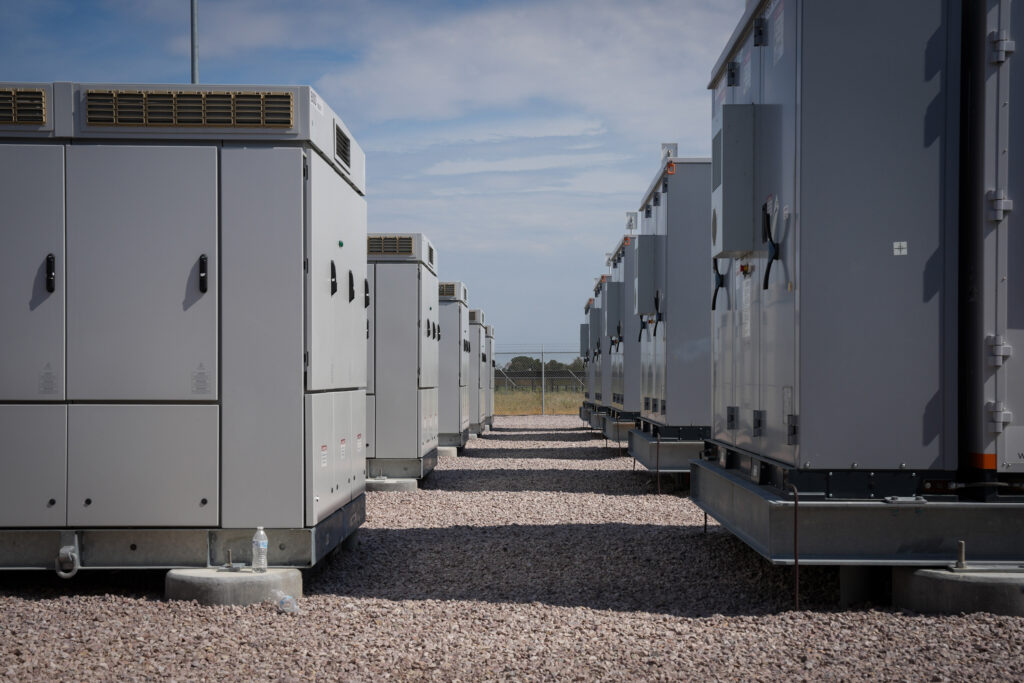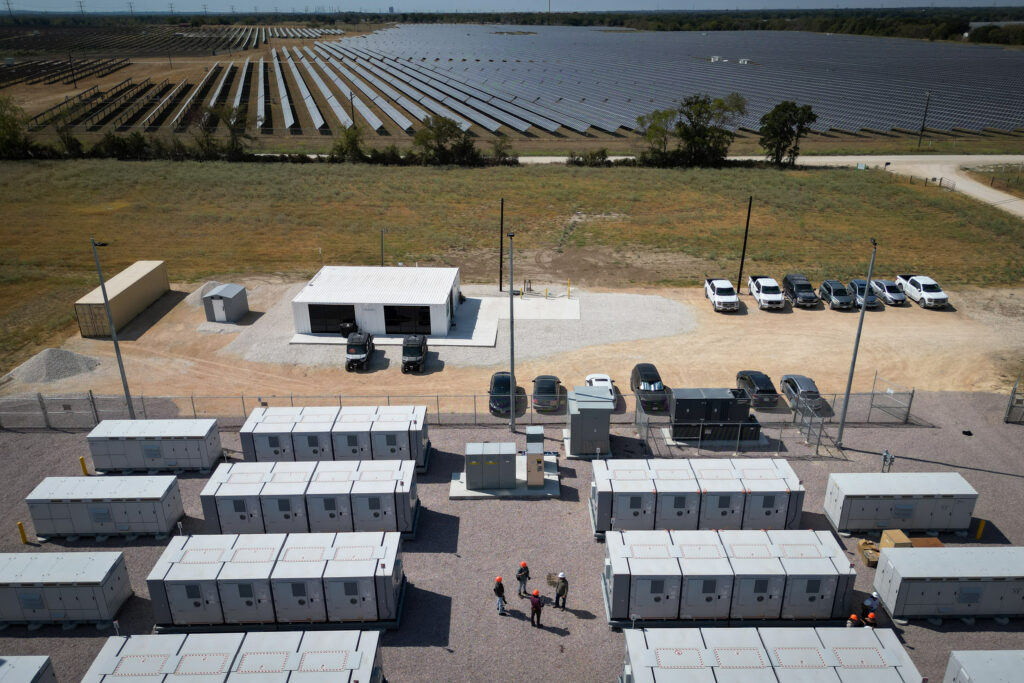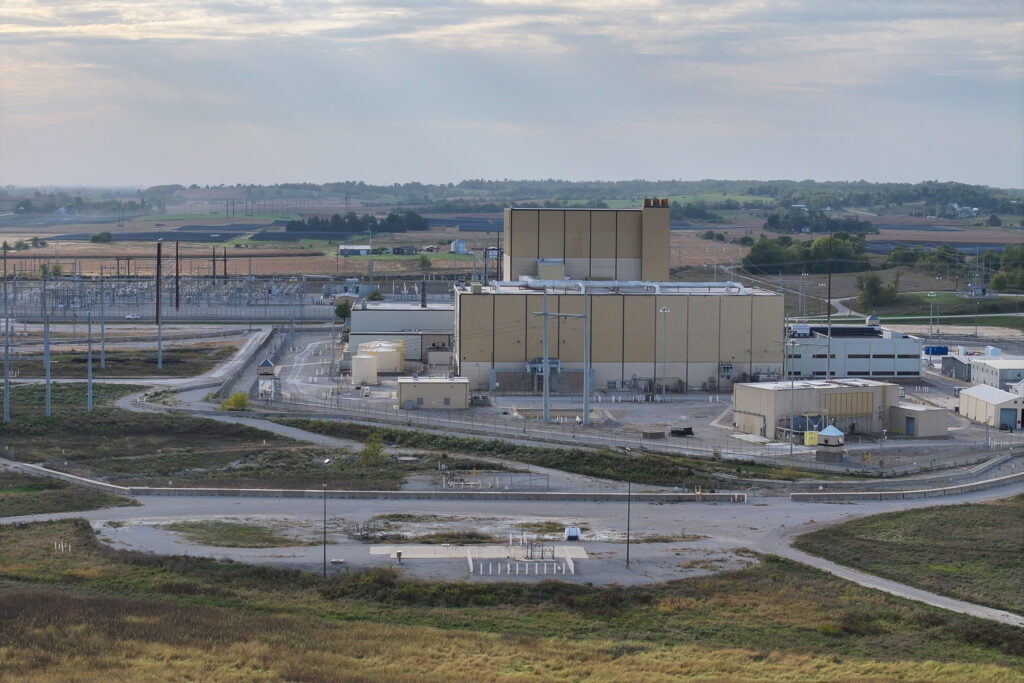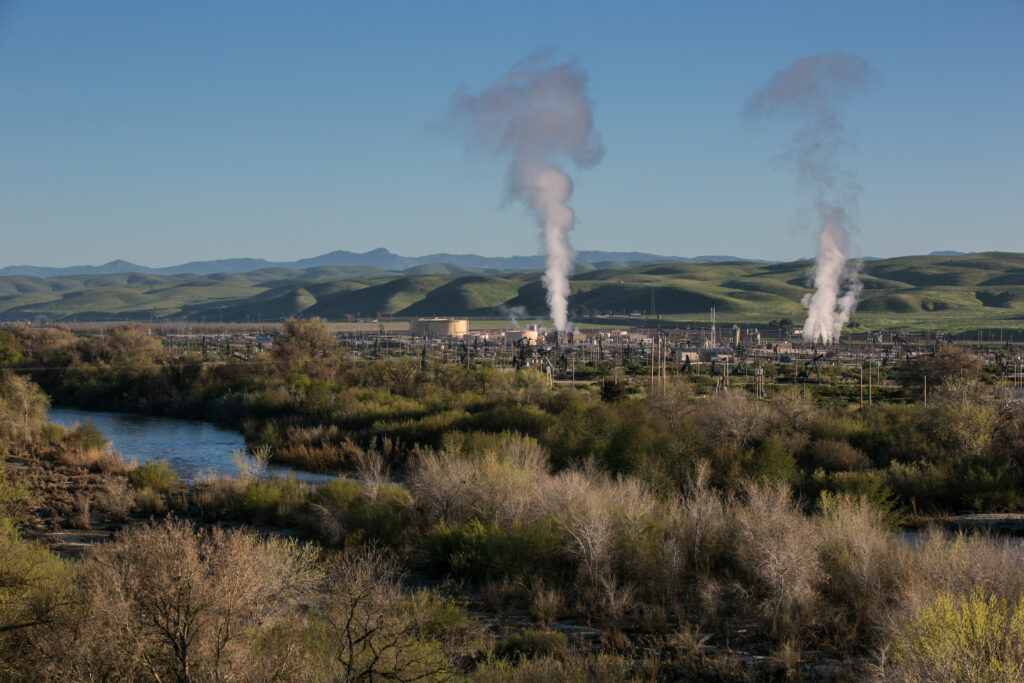What once was an abandoned department store in downtown Racine, Wisconsin, is now a boutique hotel that is unusually good at conserving energy.
The most efficient elements of Hotel Verdant are not visible to the general public, things like a geothermal heating system underground and thick insulation beneath the roof.
But energy conservation is a crucial part of how this project came together with aid from a state-backed loan program that encourages developers to embrace energy efficiency.
“If we didn’t have those sustainable elements in the hotel, there’s no way I could have completed financing and closed on the deal,” said Christopher Adams, a Milwaukee-based developer who co-owns the property. The $8 million loan from the state made it easier for the owners to put together the rest of the financing for a project with an overall cost of about $22 million.
We’re hiring!
Please take a look at the new openings in our newsroom.
See jobs
Hotel Verdant, which opened in August, demonstrates how a state initiative can help to mobilize a business to take actions that help the environment and the economy. It underscores findings of new research showing that state and local climate policies, combined with corporate initiatives, lead to emissions cuts that are much larger than if the companies were left to act on their own.
The paper, published in the journal Energy Research & Social Science, asks a question in the title: “Do corporate decarbonization initiatives matter as much as state and local government policy?”
The answer is a pretty clear “no,” according to the lead author, Benjamin Leffel, a professor of public policy at the University of Nevada, Las Vegas.
“Sub-national climate action and corporate climate action have a lot to gain from one another,” he said. And state and local governments can help fill the gap when the national government doesn’t have effective policies.
The paper looks at greenhouse gas reporting from CDP, the organization formerly known as the Carbon Disclosure Project, to analyze companies’ efforts on the facility level. The review covered 1,316 facilities that belonged to 184 companies in 49 states.
The results showed how significantly various factors contributed to emissions reductions.
Corporate climate initiatives had a small positive effect; city climate policies had a slightly larger positive effect; and state financial incentives for businesses had a much larger positive effect than both corporate actions and city policies.
But the best results were from combinations of corporate initiatives and both state and city policies.
This means companies that have climate policies for all their properties had an easier time making progress in places where the state or local governments had mandates, incentives or both to encourage reductions in emissions.
I should specify that corporate climate plans vary a lot, and many of them have the stink of greenwashing, which means they are more about public relations than reducing emissions. Some companies have broad plans, such as cutting emissions by a certain level by a target date. Other plans are more targeted, like initiatives to update lighting or heating, or to use more renewable energy.
When I assess the seriousness of a corporate plan, I often look for the level of detail in emissions-reduction goals and see how that compares to a company’s overall emissions. (If a company says it’s going to get to net-zero emissions by 2050, but has no interim goals and has just a one-page summary of vague strategies, it’s not a serious plan.)
One other takeaway from the report is that cities and states have much to gain by adopting climate policies. Those governments have opportunities right now, the paper said, because the Inflation Reduction Act includes big increases in funding for state and local initiatives. Cities, states and companies that already wanted to invest in renewable energy and energy efficiency can now supercharge those efforts.
The paper cites examples of state climate programs or policies in California, Colorado, Delaware, New York, Pennsylvania and Wisconsin.
Wisconsin’s policies include PACE, which stands for “property assessed clean energy,” a program that provides state-backed loans at competitive rates and with long repayment periods, among other favorable terms for borrowers. The money must be used for energy efficiency initiatives, renewable energy and water conservation.
Since 2016, the program has issued about $170 million in loans, including about $8 million to Hotel Verdant.
The hotel is located on Monument Square in the heart of the city, a few blocks from Lake Michigan. Racine, with a population of about 80,000, is just south of the Milwaukee metro area.
The building once housed Zahn’s department store, which opened in 1898. But it had been vacant for decades before this redevelopment.
“I cannot emphasize how important the PACE part was on this project,” said Adams, the developer.
His company, Dominion Properties, highlights environmentally friendly practices at its apartment buildings and other properties in and around Milwaukee. Charlestowne Hotels, a national hospitality management company, operates the hotel.
Because of the availability of the loan, his company spent more heavily on energy efficient attributes than they would have otherwise. Now, those features are leading to estimated savings of $313,000 per year on utility bills compared to what the bills would have been with a normal level efficiency, according to PACE Wisconsin.
This story is funded by readers like you.
Our nonprofit newsroom provides award-winning climate coverage free of charge and advertising. We rely on donations from readers like you to keep going. Please donate now to support our work.
Donate Now
One factor not considered in the new paper, but apparent when looking at examples like the hotel, is that energy efficiency policies have benefits that go beyond cutting emissions and savings on utility bills.
I’m thinking of the 60 or so employees at the hotel, plus the contractors that installed the energy and insulation systems, which led me to wonder how much it benefits the community.
The larger point, said Leffel, is that good things happen when companies, states and cities work in tandem to cut emissions.
“That’s when you’re really cooking,” he said.
Other stories about the energy transition to take note of this week:
Elon Musk’s Tesla Pay Package Is Voided by Judge: A Delaware judge has said Tesla CEO Elon Musk’s pay package is void because of flaws in the process the company’s board of directors used. The judge found that Musk had enough control of the board that he had overseen his own compensation; the resulting package made Musk the richest person in the world, as Jack Ewing and Peter Eavis report for The New York Times. The judge said Tesla needs to figure out how Musk will return excess pay. This was a shocking decision, coming at a time when Musk has been arguing that he needs more control over Tesla, not less. Compensation experts told the Times that the ruling should serve as a warning to other companies that give large pay packages to their CEOs.
Electrified Transport Investment Soared Globally in ’23, Passing Renewable Energy: Electrified transportation last year became the world’s largest category of energy transition investment. This finding, part of a BloombergNEF report, shows a shift that is “absolutely critical to getting to net zero,” said the lead author, Albert Cheung. I wrote about the report for ICN, highlighting some of the topline numbers, like $1.77 trillion in global investment for the energy transition in 2023, up 17 percent from the prior year.
Clean Hydrogen Has a Serious Demand Problem: The Inflation Reduction Act is the world’s most generous incentive for making clean hydrogen, which should lead to major growth in production. But it’s not clear that there are enough companies willing to buy the clean hydrogen, as Jeff St. John reports for Canary Media. Producers of clean hydrogen are going to need to be able to demonstrate that they can produce a reliable supply and that there is infrastructure to get the product where it needs to go. The story is part of an insightful package exploring issues in the emerging market for clean hydrogen.
Owner’s Withdrawal From Offshore Wind Projects Hobbles Maryland’s Clean Energy Plans: Danish energy company Ørsted has withdrawn from an agreement with Mayland to sell electricity from offshore wind farms it plans to build near Ocean City, casting doubt on the state’s ability to achieve its target of 100 percent clean energy by 2035. Offshore wind is a key part of Gov. Wes Moore’s clean energy strategy, and Ørsted’s actions related to the Skipjack 1 and 2 projects are a major obstacle toward meeting the goal, as Aman Azhar reports for ICN. The company said the price Maryland would pay for electricity under the agreement was not enough to account for increases in costs, a common refrain for an offshore wind industry dealing with inflation and rising interest rates. While Ørsted is withdrawing from the agreement, the company has not canceled the projects, which leaves open the possibility that Maryland or another buyer of electricity could come up with a new deal. But for now, the next steps are not clear.
Why the Slowest EV Chargers May Be the Fastest Way to Get People into EVs: Apartment managers in Belmont, California, found that the best way to provide EV charging was the simplest. The managers installed the equivalent of a wall plug for use in charging, as opposed to much more expensive options, like Level 2 chargers, as Gabriela Aoun Angueira reports for Grist. The plugs charge slowly, at a rate that is the equivalent of about five miles per hour, but they are simple and inexpensive enough that the building could install 30 of them. An alternative would have been installing two Level 2 chargers, which would charge much faster, but would have required electrical upgrades and for residents to share them. The experience in the building helps to inform nonprofits and policymakers who want to serve the large population of people who live in multifamily housing and might buy an EV in the future.
Inside Clean Energy is ICN’s weekly bulletin of news and analysis about the energy transition. Send news tips and questions to [email protected].




